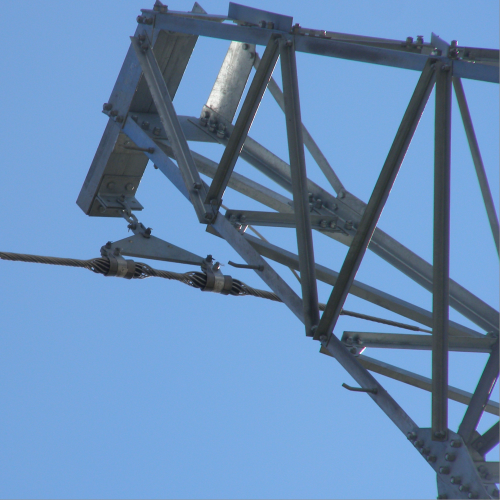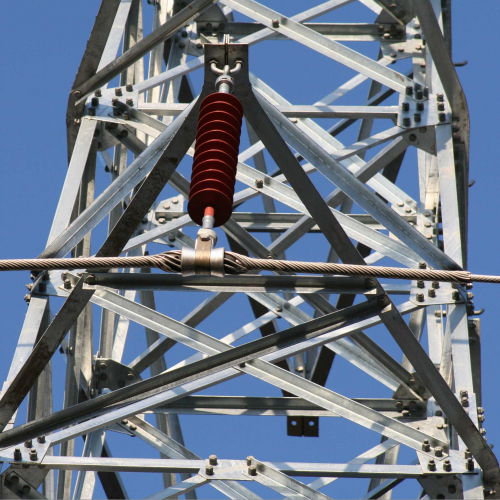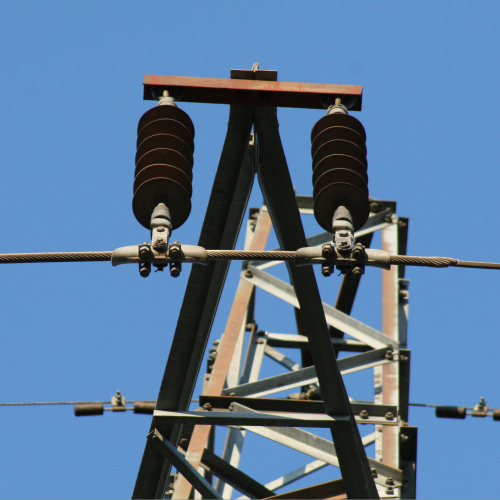In the field of modern industrial manufacturing and power transmission, the choice of bundling materials is often associated with efficiency and safety. Metal cable ties and plastic single angle side ties are two major bundling solutions, and they play an important role in different application scenarios with their unique performance. Today, the coordinated use of the two may provide more efficient and flexible bundling solutions for various industries.
Metal cable ties: the first choice for high strength and extreme environments
Metal cable ties are an ideal choice for applications that require high loads and high safety due to their excellent strength and durability. Metal cable ties perform well in construction, heavy machinery transportation, and bundling of power facilities. Metal cable ties can not only withstand huge tensile forces, but also have excellent corrosion resistance and high temperature resistance, and are still reliable in extreme environments. In addition, metal cable ties can be galvanized and coated according to actual needs to further enhance the protective performance.
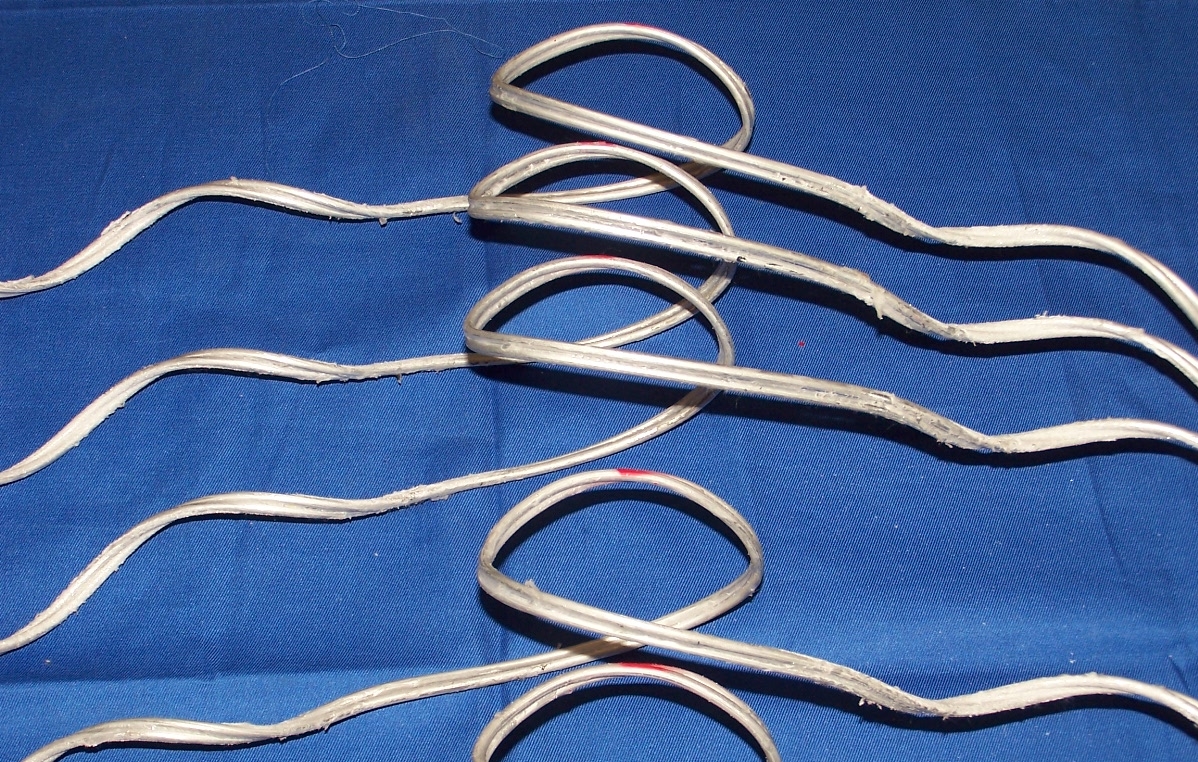
Plastic single angle side ties: representative of lightness and flexibility
Compared with metal cable ties, plastic single angle side ties have obvious advantages in lightness and flexibility, and are particularly suitable for application scenarios that are sensitive to product surfaces, such as electronic product bundling, logistics packaging, and daily household use. Plastic single angle side ties are made of insulating materials, and the material itself has strong ductility and can be stretched at will.
With its excellent performance, plastic binding wires have become an indispensable material in power engineering. In addition, the materials used to make plastic single angle side ties all meet environmental protection standards and can be recycled for secondary use, which is in line with the trend of green environmental protection.
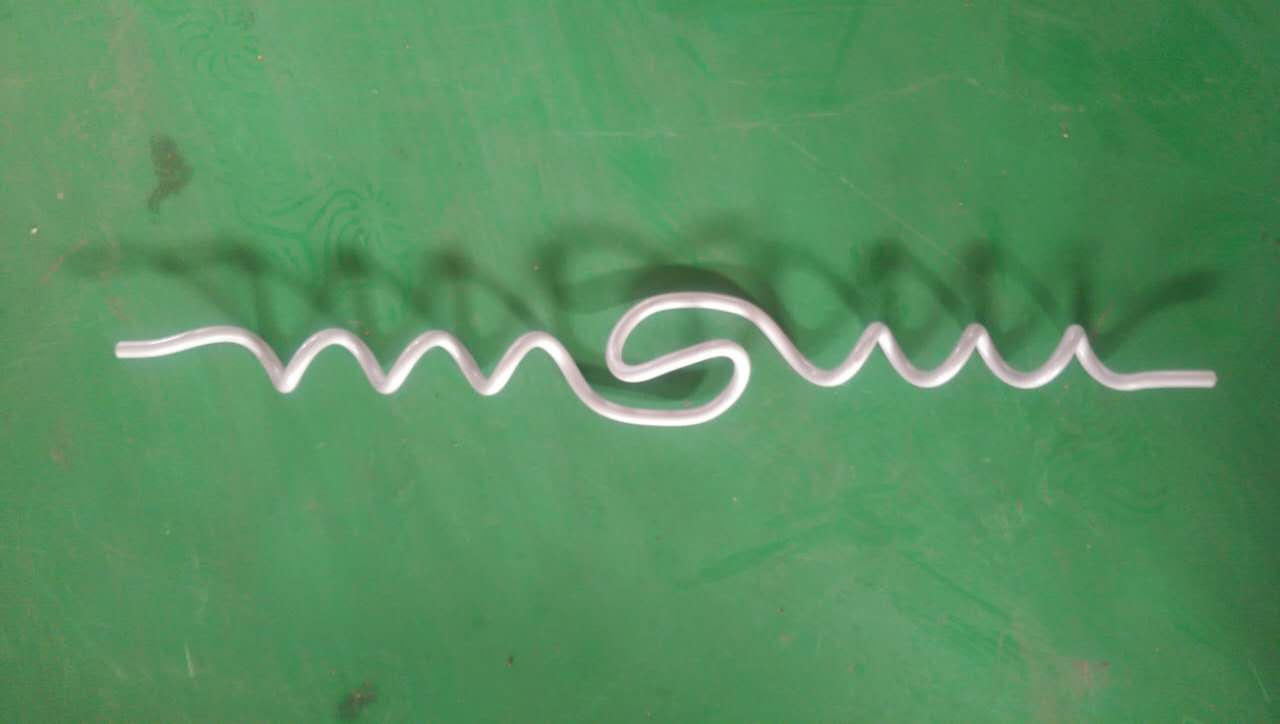
Metal cable ties and plastic single angle side ties have different advantages. Therefore, in some complex usage scenarios, a single material binding wire may not meet all needs, but the combination of the two may become an ideal solution. For example, in the field of power transmission, metal cable ties are mainly responsible for fixing cables and equipment, providing strong load-bearing capacity and tensile resistance, and ensuring the stability and durability of transmission lines. Plastic single angle side ties can be used as an auxiliary material to bundle insulation layers or fix small components, which can effectively prevent cable surface damage or short circuit risks. The combined use of these two materials not only provides a new solution for the project, but also further improves the safety of the power system.


